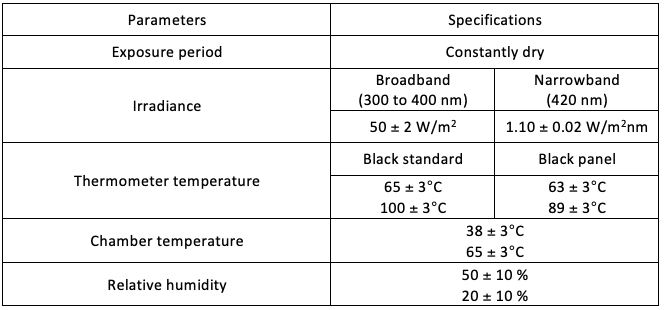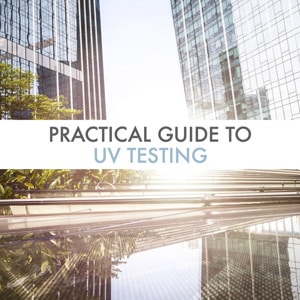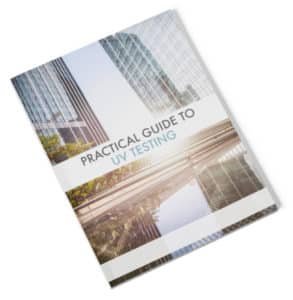ISO 4892-2
Plastics — Methods of exposure to laboratory light sources — Part 2: Xenon-arc lamps
 ISO 4892-2 depicts various methods that portray the effects of weathering of plastic components through the use of UV testing. This norm is equivalent to ASTM G155 and relies on the use of xenon-arc light sources. Micom offers ISO 4892-2 testing as part of its coating testing services.
ISO 4892-2 depicts various methods that portray the effects of weathering of plastic components through the use of UV testing. This norm is equivalent to ASTM G155 and relies on the use of xenon-arc light sources. Micom offers ISO 4892-2 testing as part of its coating testing services.
Xenon-Arc Light Exposure Method – Uses and Factors to Consider
ISO 4892-2 is a standard that specifies test conditions replicating weathering effects on plastic materials through the use of moisture and xenon arc light. Even though ISO 4892-3 is very similar to this method, it differs significantly by the fact that it uses UV fluorescent lights as an illuminating source. The point of focus of ISO 4892-2 is the characteristic of the light employed and all the conditions that are required to do an in accelerated aging. In fact, by using the appropriate filters, it is possible to reproduce the characteristics of daylight going through a glass window or direct sun exposure. Indeed, by combining the effects of those filters with the apparatus conditions, it is possible to simulate the end uses conditions in order to have a better assessment of the performance of the material over time. Lastly, as stated in our UV testing eBook, Xenon-arc light exposure is essentially used to assess the aesthetics, because the light source has an emission spectrum that matches the portion of the solar spectra responsible for causing color fading.
The main factors that are in play when conducting an exposure are: the type of light filter, the timing of the exposure period, the irradiance level, the temperature and the relative humidity inside the cabinet.
Typical Experimental Parameters
The number of samples required is three and it is recommended to test them alongside a material of known performance so that the latter one can be used as a control. Table 1 lists the parameters that are mainly employed with the daylight filters while table 2 details the parameters that are mostly used with the windows glass filters.
Table I: Typical experiment parameters for the ISO-4892-2 method with daylight filters

Table II: Typical experiment parameters for the ISO-4892-2 method with windows glass filters

Other Test Methods Related to ISO 4892-2
For additional related test methods, we invite you to read more about ISO 4582, ISO 4892 and ISO 9370.
Material Testing Laboratory
If you have any questions about ISO 4892-2 or other UV Tests, we invite you to contact us today. It will be our pleasure to answer your questions.
Practical UV Testing Guide
Sunlight exposure can have harmful impacts on carbon-based
materials such as coatings, polymers, textiles, and many others.
Learn more about our in-laboratory UV testing process in this guide.



 A free eBook to help you better safeguard your products from UV damage.
A free eBook to help you better safeguard your products from UV damage.